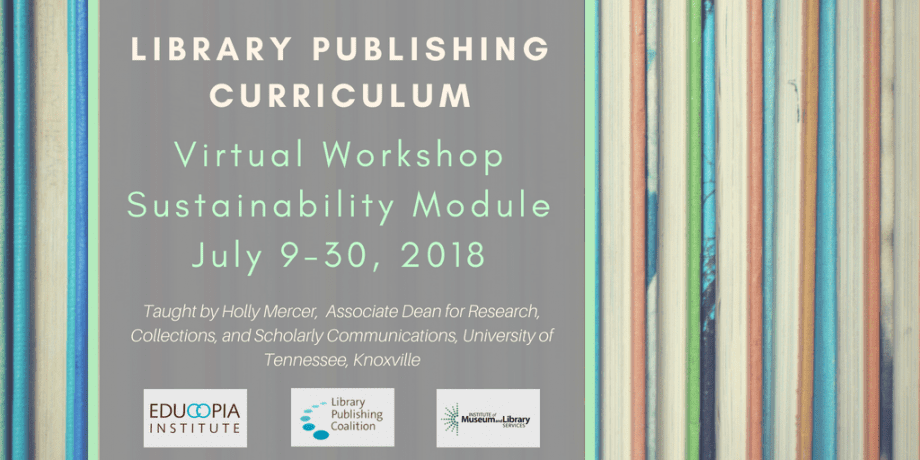LPC welcomes a new strategic affiliate: SPARC
By Melanie Schlosser

The Library Publishing Coalition is delighted to welcome the Scholarly Publishing and Academic Resources Coalition (SPARC) as a new strategic affiliate! A statement from SPARC:
SPARC (the Scholarly Publishing and Academic Resources Coalition) is delighted to officially join the Library Publishing Coalition’s Strategic Affiliates Program to promote openness and community-driven change in the scholarly communications arena. As a catalyst for action, SPARC focuses on collaborating with other stakeholders—including authors, publishers, libraries, students, funders, policymakers and the public—to build on the opportunities created by the Internet, promoting changes to both infrastructure and culture needed to make open the default for research and education. SPARC and the LPC share core values and a commitment to openness and advocacy, and we’re looking forward to expanding our collaboration to expand the open sharing of research outputs and educational materials. To learn more about SPARC and our global affiliates in Africa, Europe and Japan, please visit our site.
And a statement from LPC on the new relationship:
LPC’s vision is “a scholarly publishing landscape that is open, inclusive, and sustainable,” and SPARC’s work advocating for openness around the world has been transformational – for libraries, for scholars, and for scholarship itself in many areas. We are thrilled to add SPARC to our list of strategic affiliates and to officially recognize our shared values and goals. We look forward to continuing and expanding collaboration between our two organizations.
Strategic affiliates are peer membership associations who have a focal area in scholarly communications and substantial engagement with libraries, publishers, or both. See our list of strategic affiliates or learn more about the program.
![]()


